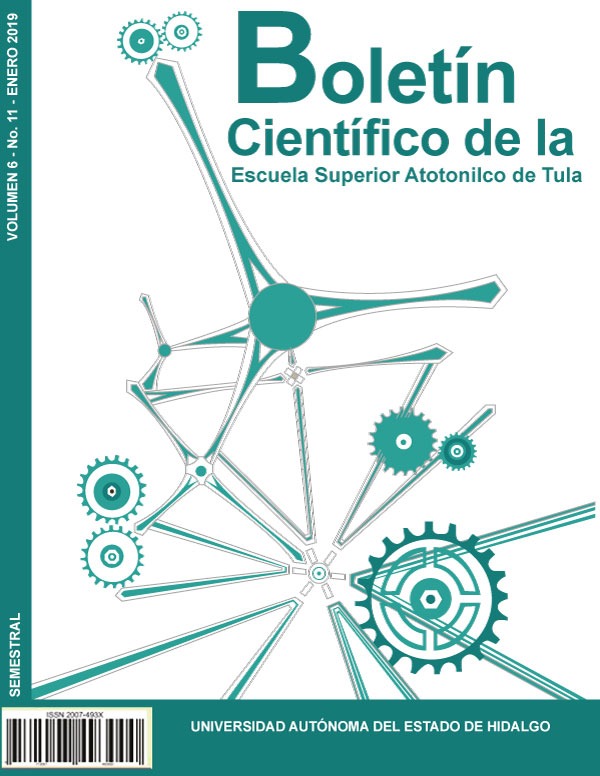Information and Communication Technologies and the Digital Divide: A new form of social exclusion
Abstract
Lorem Let's start by understanding that technology is any knowledge, skill or competence that can be used systematically to achieve a specific objective. On the other hand, technological innovation refers to the incorporation of new technologies to improve changes in production, in business and in new forms of work. Then, companies are related in a technological and global world, whose modality is digitalization, networking and hyper connection that allows people located anywhere in the world to be a customer or user of goods and services immediately. Digitization offers companies development and efficiency, this is a reality that causes the rhythms of each organization at the time of adopting it to be very different, being able to produce dysfunctions within the company during the process. In other words, while technology changes very rapidly, organizations can not always follow the same pace, and that is precisely when the digital divide in the company itself occurs.
Downloads
References
[2] Tello, E. (2007). Las tecnologías de la información y comunicaciones (TIC) y la brecha digital: su impacto en la sociedad de México. International Journal of Educational Technology in Higher Education (ETHE), 4(2).
[3] Quiroga, D., Torrent, J., y Murcia, C. (2017). Las tecnologías de la información en América Latina, su incidencia en la productividad: Un análisis comparado con países desarrollados. DYNA, 84(200), 281-290. doi: https://doi.org/10.15446/dyna.v84n200.60632
[4] de León, V., Cerón, M., León, F., y Rodríguez, S. (2016). Impacto de la implementación de la factura electrónica en las MiPyMes del sector comercio y servicios en México. Revista Global de Negocios, 4(7), 85-94.
[5] Cedrola, G. (2017). El trabajo en la era digital: Reflexiones sobre el impacto de la digitalización en el trabajo, la regulación laboral y las relaciones laborales. Revista de Derecho de la Universidad de Montevideo, (31).
[6] Ávila, D. (2014). El uso de las TICs en el entorno de la nueva gestión pública mexicana. Andamios, 11(24), 263-288. Recuperado de: http://www.scielo.org.mx/scielo.php?script=sci_arttext&pid=S1870-00632014000100014&lng=es&tlng=es
[7] Leonardi, P., y Neeley, T. (2017). What managers need to know about social tools: avoid the common pitfalls so that your organization can collaborate, learn, and innovate. Harvard Business Review, 95(6), 118-126. Recuperado de https://hbr.org/2017/11/what-managers-need-to-know-about-social-tools.
[8] Alva, A. R. (2015). Los nuevos rostros de la desigualdad en el siglo XXI: la brecha digital. Revista mexicana de ciencias políticas y sociales, 60(223), 265-285.
[9] Berrio, C.; Marín, P.; Ferreira, E.; Chagas, E. (2017). Desafíos de la Inclusión Digital: antecedentes, problemáticas y medición de la Brecha Digital de Género. In: Psicología, Conocimiento y Sociedad, Vol 7, Iss 2, Pp 162-198 (2017); (2), 162. doi:10.26864/PCS.v7.n2.8
[10] Natalie, G. (2017). Technology Addiction: How Social Network Sites Impact our Lives. Informing Science The International Journal Of An Emerging Transdiscipline, Vol 20, Pp 179-194 (2017), 179. Recuperado de: http://www.inform.nu/Articles/Vol20/ISJv20p179-194Gerhart3423.pdf
[11] Cave, M. & Flores-Roux, E. (2017). Los beneficios potenciales de la economía digital en México. Consejo Ejecutivo de Empresas Globales, Recuperado de http://ceeg.mx/new/es/2016/01/30/los-beneficios-potenciales-de-la-economia-digital-en-mexico-2/#.
[12] Soto, A., de Miguel, N., & Pérez Díaz, V. (2018). Abordaje de adicciones a nuevas tecnologías: una propuesta de prevención en contexto escolar y tratamiento de rehabilitación. Papeles Del Psicólogo, 39(2), 120-126. doi:10.23923/pap.psicol2018.2867 Recuperado de: http://ezproxy.upaep.mx:2382/eds/pdfviewer/pdfviewer?vid=2&sid=1f344d3e-9347-4a73-9bef-50a236453962%40sessionmgr4007










